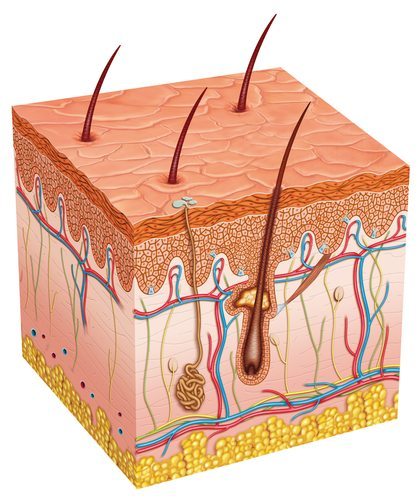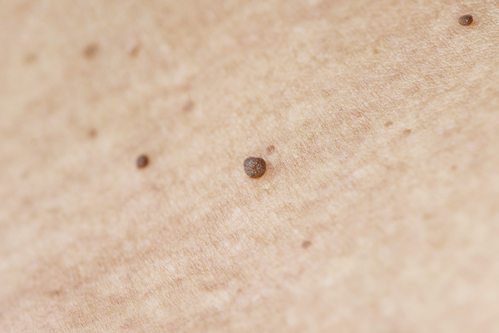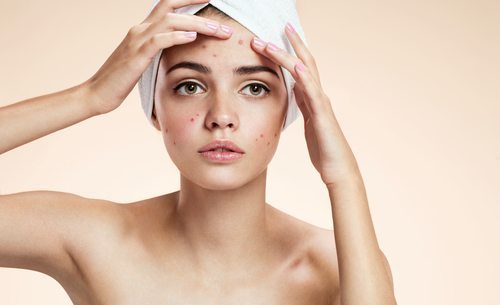Toenail Fungus
Have your toenails become brittle, thick, warped, or crumbly? Do their surfaces appear dark or dull? If so, you might have developed a case of toenail fungus, also known as onychomycosis. Around 10 percent of Americans eventually suffer from this stubborn condition (source). Fortunately, you can treat it and prevent it in several different ways.
Treatments for Toenail Fungus
Topical Creams and Oils
The most basic treatment for toenail fungus involves the application of a topical cream or oil to the feet and nails. Some of these products require a prescription, while others are available over the counter. Most products require two to three applications a day. Typically inexpensive and easy to apply at home, topical treatments are typically the first option explored by people suffering from toenail fungus.
Laser
Laser therapy can effectively target and destroy fungal infections using heat. Often combined with other treatments, like topical products, laser therapy typically requires two to five appointments depending on the severity of the infection and the rate of progress. It can take time for the infected nail to grow out, and it is important that you use the tips below to keep away fungus even after the laser has eliminated it.
Medicine
Prescription anti-fungal pills are another treatment option. Prescribed by doctors to help with severe cases of toenail fungus, these medications are often costly and come with serious side effects. Before committing to anti-fungal pills, discuss alternative treatments with your doctor and carefully review the potential repercussions.
Preventing Toenail Fungus
Stay Dry
Fungi thrives in warm, moist environments, so don’t let your feet stay wet for long. After you take a shower or go swimming, dry your feet thoroughly before putting on your socks and/or shoes. In addition, after a sweaty workout, shower and dry your feet promptly so that your feet aren’t trapped in wet socks for a long period of time. If your shoes become wet, thoroughly dry them before wearing them again.
Stay Clean
Clean your feet regularly using warm water and soap. Always wear clean socks and shoes. In addition, you may wish to spray your shoes with an anti-fungal product.
Stay Neat
Trim your toenails regularly and keep the front edge as straight as possible. Since your nail clippers and nail file will regularly come into contact with the infection, clean and sanitize these tools after use with soap and rubbing alcohol. In addition, don’t share these tools with your spouse or children.
Stay Away
Fungal infections can easily spread from one person to another. For this reason, you should not share socks or shoes with anyone else. If you enjoy pedicures, choose a salon that is rigorous about its cleaning techniques and ask the employees about their sterilization procedures. Finally, avoid walking around swimming pools or community showers without sandals.
If you suffer from toenail fungus, don’t despair! Effective treatments like topical creams and laser therapy can eliminate the fungi, though it will take time for new nail to grow in and replace the infected portion. Once your feet are fungi-free, use the simple tips above to prevent it from returning.
For help, contact DermaHealth. We offer conjunctive therapy for nail fungus, combining topical treatments with laser therapy to destroy the infection once and for all. To learn more, please give us a call at 417-447-7777 or click here to schedule a free consultation. We look forward to hearing from you!











